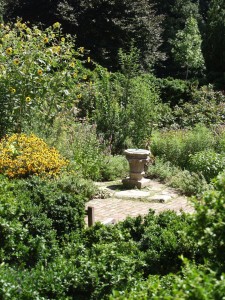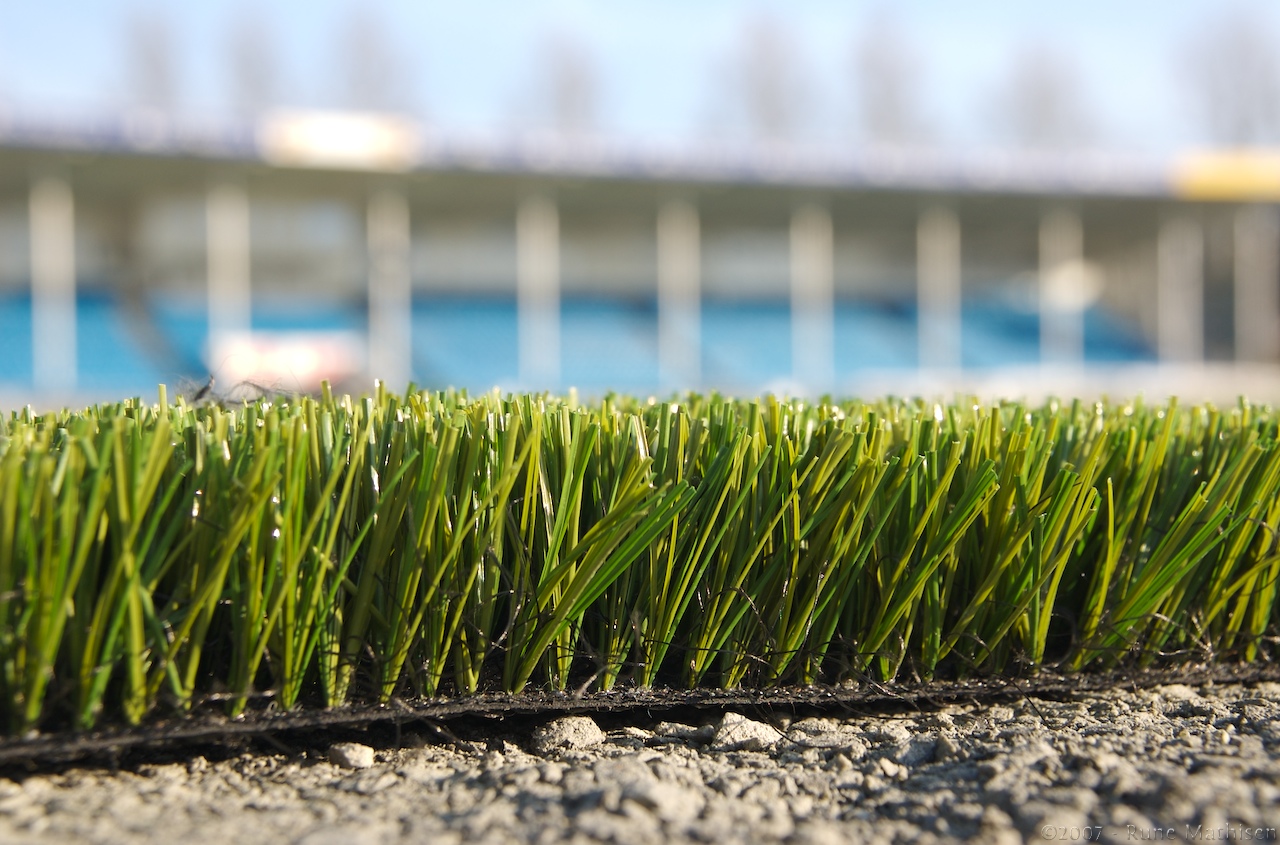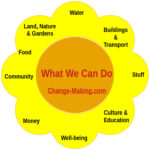What is a more-sustainable garden?
 Here’s how our gardens can become part of solving some of the world’s greatest problems.
Here’s how our gardens can become part of solving some of the world’s greatest problems.
LIVING ECOSYSTEMS. Humanity is part of a vast network of life on this tiny planet. The planet’s ecosystems operate as intricate interconnected and interdependent systems, so vast that scientists are only beginning to glimpse their magnitude and complexity. “The environment” is a life-support system – for us as well as for all living beings. Without functional ecosystems, we have no life.
As we, humanity, become more conscious, it is becoming increasingly apprarent that all design must support ecosystems. From pollinator populations to soil organisms, Nature needs our help.
The task before us includes
- preserving and nurturing those systems which are still functional,
- rebuilding what we have broken in the past, and
- reintegrating our human species into the bosom of Nature.
CLIMATE CHANGE ADAPTATION. As climate change advances we need to dramatically increase our reslience, our ability to flex and adapt no matter what comes along. We need to build parallel and backup systems so that if one system fails, another stands a hope of remaining functional. It is becoming apparent that conventional food and agricultural systems are poorly equipped to cope. And, since Keep it in the ground![]() is inevitably part of our future, we can no longer depend on hauling food long distances. Growing lots of food locally, in the cities where the people are, becomes increasingly important.
is inevitably part of our future, we can no longer depend on hauling food long distances. Growing lots of food locally, in the cities where the people are, becomes increasingly important.
LIVING SOIL. The soil of this planet has enormous potential to help solve our core problems. At the same time as we curtail greenhouse gas emissions, actively growing soil can help reverse global warming. As we increase levels of organic matter in the soil (simulatneously building soil fertility, reversing soil erosion issues, and increasing water-carrying capacity![]() ), we actively sequester carbon – we capture it and lock it into the soil. Soil sequestration
), we actively sequester carbon – we capture it and lock it into the soil. Soil sequestration![]() was a hot topic at the December 2015 climate talks in Paris and is being studied by many scientists.(1)
was a hot topic at the December 2015 climate talks in Paris and is being studied by many scientists.(1)
WATER WISDOM. In my Southern California area, water is an obvious issue. We’re in the midst of a multi-year drought, with no end in sight. Plus pumping and transporting water is one of the top energy-consuming (and thus greenhouse gas emitting) activities in the state. Water wisdom is an essential element of every local design. We must become more efficient and decrease wasteful consumption, cultivate water sources, and re-think what uses of water are appropriate given our long-term prognosis.
LOCAL MATERIALS. Our conventional system has brought lots of Stuff into our cities, by burning enormous amounts of fossil fuels with accompanying greenhouse gas emissions. Food waste, tree trimmings, and yard clippings are all around us, as well as discarded hardscape like unused brick, urbanite (pieces of broken concrete), ceramic bathtubs and sink basins, and non-decaying junk of all kinds. Moving in a more-sustainable direction includes making use of all the Stuff that is already here, with energy already spent on its transport and manufacture. Coincidentally, much of this material is dismissed as “trash” by the conventional system, so it is available low-cost or nearly free.
HUMAN INTEGRATION. Our conventional lifestyles mean that most of us spend most of our time indoors, in human-centric surroundings. Air conditioning, automobiles, artificial materials, tinted glass, etc. all contribute to a falsehood that humans are somehow separate from our environment. When we feel separate, we don’t feel engaged in fixing the devastation that those very lifestyles are perpetrating upon the planet.
Meanwhile, “modern” and “contemporary” movements in art, architecture, and landscape architecture have taught an aesthetic which is considered “clean”; really it’s often sterile. Spaces designed like this are often devoid of life – without wildlife or living soil organisms – and people don’t feel comfortable being in them.
We already have rather precise definitions of spaces in which people feel comfortable, and for designs which support ecosystem health.(2) It’s time to use them. Gardens can be designed to call people back into an interchange and dialog with the world around us.
What’s unsustainable
We’re being marketted that a moonscape of rocks plus suck-ulents somehow make a “sustainable” landscape. Studies are now proving the rocks amplify the heat island effect![]() in cities. Those heavy rocks have to come from somewhere, hauled in by fossil fuels with accompanying greenhouse gas emissions. Rocks don’t decompose, so they accomplish nothing toward feeding the soil. Often landscaping fabric is laid down as a weed barrier beneath the rocks, but this limits water penetration and cuts off support to any remaining soil organisms. Non-native and monoscape plants don’t supply food or habitat for pollinators, beneficial insects, butterflies, or songbirds. The moonscape is subtly unpleasant; it discourages people from coming into the outdoor world. It demands little gardener interaction, thus it deepens the divide between humans and their environment. A moonscape feeds no one, body, heart nor soul.
in cities. Those heavy rocks have to come from somewhere, hauled in by fossil fuels with accompanying greenhouse gas emissions. Rocks don’t decompose, so they accomplish nothing toward feeding the soil. Often landscaping fabric is laid down as a weed barrier beneath the rocks, but this limits water penetration and cuts off support to any remaining soil organisms. Non-native and monoscape plants don’t supply food or habitat for pollinators, beneficial insects, butterflies, or songbirds. The moonscape is subtly unpleasant; it discourages people from coming into the outdoor world. It demands little gardener interaction, thus it deepens the divide between humans and their environment. A moonscape feeds no one, body, heart nor soul.
Better choices
Food gardens. Edible landscapes. Butterfly gardens. Pollinator gardens. Backyard wildlife habitats. Native plant gardens. On-site composting. Resoring local watersheds. Shade trees. Curb-cut rain gardens. Rainwater harvesting. Greywater gardens.
Want to learn more? I will be teaching a landscape design workshop on Nov 5 .
(1) read more about soil sequestration: The Soil Will Save Us, by Kristin Ohlson. Grass, Soil, Hope, by Courtney White. Marin Carbon Project and the work of Dr. Wendee Silver.
(2) see the work of Christopher Alexander, particularly A Pattern Language. Also the Permaculture movement, such as Toby Hemenway’s Gaia’s Garden.


